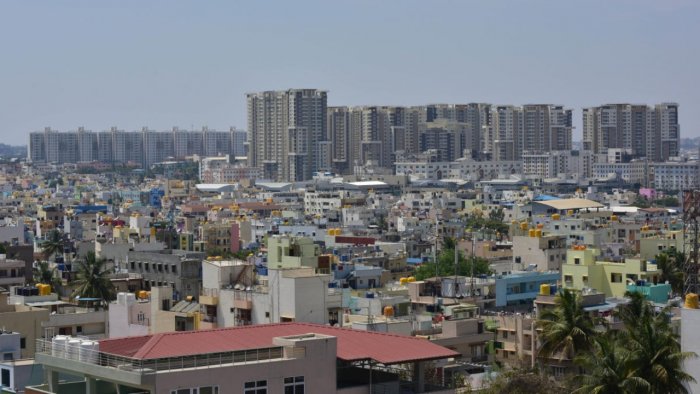There are a number of reasons why people choose to live on reserves. For some, it is a way to retain their cultural heritage. For others, it is a way to access affordable housing. For still others, it is a place to find community support and services.
Many of the challenges reserve communities face are rooted in colonial policies and legislation that have been designed to force Aboriginal peoples into a Western way of life. These policies include the Indian Act, discriminatory legislation, and residential schools. These programs have created a legacy of socio-economic hardships and social disruption among Aboriginal peoples that continue to hinder their ability to thrive as communities.
In addition, the government has often moved and reduced lands that were previously used by First Nations peoples. These changes have resulted in a large percentage of Native peoples living on smaller and more remote reserves. These reserves have limited resources and little economic opportunity.
reserve residences can also have difficulty obtaining housing loans. Because they do not have a title to the land, they are not considered owners, and are not eligible for mortgages. For this reason, there are a number of government-sponsored programs that provide financing to help residents build or repair homes.
These programs are administered by CMHC (Canadian Mortgage and Housing Corporation). In addition, some local governments have created programs for members of bands to receive low-interest loans to build or renovate their homes on reserve.
Despite the many challenges reserve communities face, they are also a place where Aboriginal peoples can maintain their culture and traditions. These cultures are often kept alive through traditional music and storytelling, language, and foodways.
While some argue that the only solution to the social and economic challenges facing reserve communities is to assimilate into non-Aboriginal “white” society, many leaders and activists disagree with this approach. They believe that if Aboriginal peoples work to overcome the challenges of their reserve homes, they will be able to maintain their Aboriginal lifestyles.
One of the most important aspects of housing on a reserve is safety. A lot of effort goes into implementing safe and secure conditions within the community. This includes limiting the number of people in one room and keeping common spaces clean and well-maintained.
Another aspect of housing on a reserve is the ability to have a private space in the building. These areas can be reserved by a group of students or a University organization, such as a club.
Depending on the size of the area, these rooms can accommodate from 2-10 people. Some have whiteboards and other features to facilitate collaboration.
If you are interested in reserving these areas, you must submit a Request for Use of Space Form to the Business Operations Supervisor (BOS) at the residence hall/apartment complex. You will then hear back from the BOS about whether or not a room is available for your group to use.
If you are a first year student, you will have the option to live in a residential college. These living learning communities are a great way to get a taste of the Sun Devil experience. They provide a home base for you to connect with other students in your area of study and learn how to thrive as a Sun Devil. They also offer academic support, tutoring and social activities that will help you prepare for your first year at ASU.
